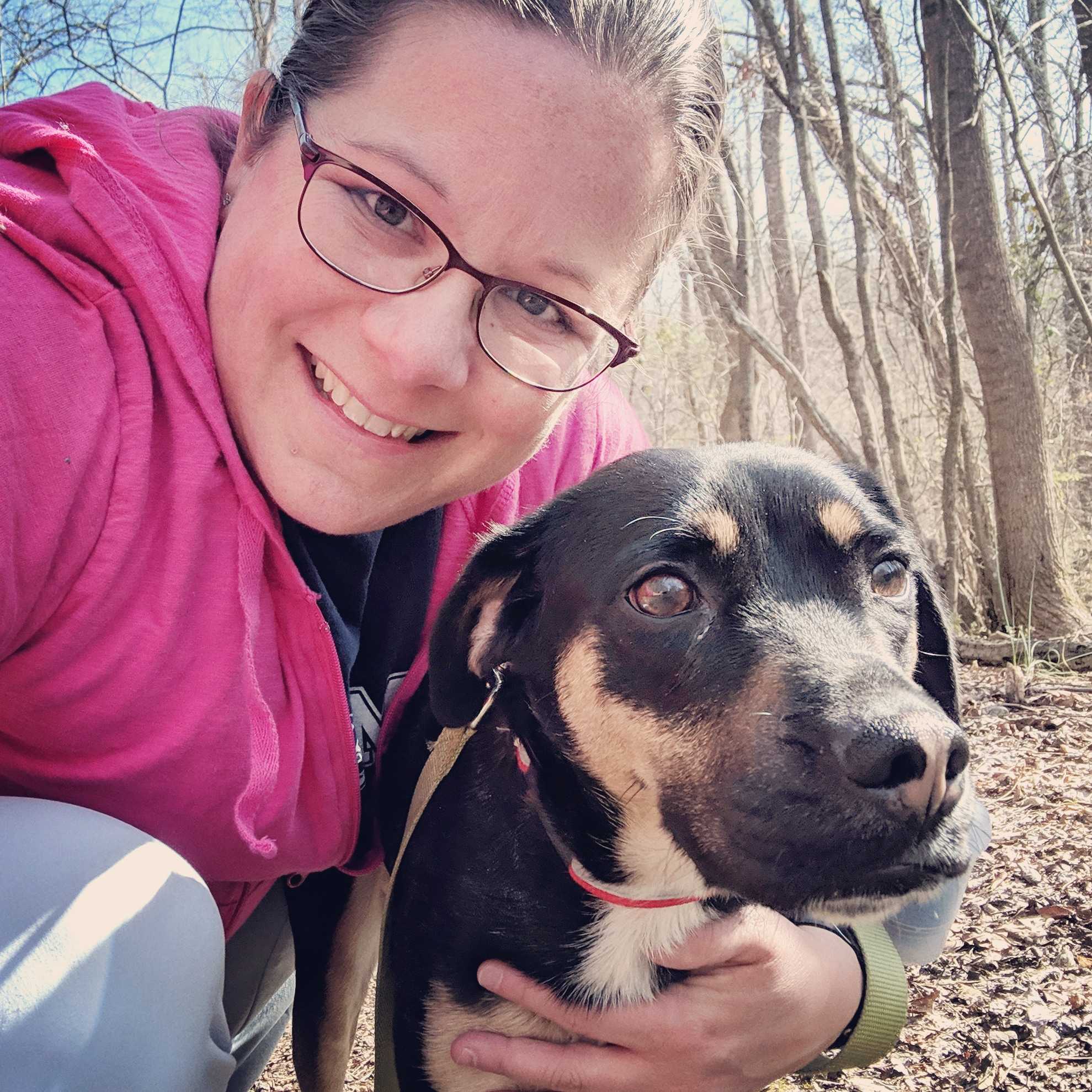Resource guarding in dogs: What causes it and how can you correct it?
While resource guarding in dogs can be challenging to predict and prevent, our top tips will help you correct this possessive behavior

Resource guarding in dogs can be a serious problem for some pet owners. Whether your dog has demonstrated this behavior from their first day in your home or it’s a new, acquired behavior, there is something unnerving about your otherwise-loving dog becoming aggressive or defensive over a food item or possession. Making things even worse, aggression caused by resource guarding can be challenging to predict and prevent, because nearly anything can trigger this behavior. Read on to learn more about resource guarding, and how you can help manage this behavior in your dog.
What is resource guarding?
Resource guarding, also referred to as “possessive aggression” or “food aggression in dogs,” is a behavior in which dogs are excessively protective of their food, toys, or other items of value. In some cases, dogs may even guard a preferred resting place.
Resource guarding is a natural and instinctive behavior in wild dogs, who often must compete with other animals for resources. Although this behavior is understandable from an evolutionary perspective, it is undesirable and potentially dangerous in pets. All dogs may occasionally want to keep a treat toy to themselves, but this behavior becomes problematic when it is accompanied by aggression.
Signs of resource guarding in dogs
Dogs with resource guarding become protective or aggressive when guarding a valuable resource, whether that resource is a bowl of food, a treat, or a beloved toy. If you approach your dog while they are guarding an item, they may growl, lunge, snap, or bite. While resource guarding is frequently reported as a problem when it is directed towards owners, it may also be directed at other pets in the household.
In some cases, you may notice subtle signs of resource guarding before your dog begins to display overt aggression. For example, you may notice that your dog tends to freeze in place or eat more quickly when you approach their food bowl. Perhaps they move away from you when you attempt to retrieve a toy or pin their ears back against their head. All of these behaviors can be subtle signals that your dog is uncomfortable with your approach. This discomfort may not necessarily progress to aggression, but it can serve as a potential red flag.
What causes resource guarding in dogs and puppies?
Resource guarding can develop in dogs of any breed and may occur at any time during a dog’s life. Some cases are associated with a period of scarcity. For example, if a dog is in a home with many dogs and little available food, that dog may learn to chase off other dogs in order to have enough to eat. The same can be true of puppies born to large litters if the breeder feeds the puppies from a single bowl and does not separate them for feeding.
Resource guarding may also be associated with underlying medical conditions. This is more likely when a new onset of resource guarding is observed in an adult or geriatric dog. A veterinary exam should be performed in any dog with a new onset of resource guarding, to rule out underlying medical conditions that may increase appetite or otherwise contribute to anxiety.
Get the best advice, tips and top tech for your beloved Pets
What not to do with a dog that’s resource guarding

Many of our instinctual responses to resource guarding can actually make the behavior worse. If you’re like many people, your first response may be to “show your dog who’s boss.” You may want to reprimand your dog or forcefully reclaim access to the item.
Do not punish your dog (physically or verbally) for growling when approached. First of all, you may succeed in eliminating your dog’s growl, only to find that your dog now snaps or bites without warning. A growl is a useful communication method for a dog! Even more importantly, your dog will now associate your approach with punishment, which will only serve to heighten your dog’s anxiety during episodes of resource guarding and lead to worsening of the behavior.
Do not try to forcefully remove items from your dog’s mouth or pull items away from your dog. While this may have been effective when your dog was a young puppy, it is a dangerous move in a dog that is demonstrating resource guarding. Also, like punishment, this may further heighten your dog’s anxiety and exacerbate the behavior.
How to correct resource guarding
The first step in managing resource guarding is to control your dog’s environment. Remove possible triggers for your dog’s resource guarding. Pick up your belongings, so your dog does not have the opportunity to steal them. Do not leave dog toys laying out around the house. Feed your dog in a quiet, confined room where no one will need to walk past the food bowl. These simple changes can decrease the likelihood of conflict, making life less stressful for everyone in your home.
Next, seek help from a qualified dog trainer or veterinary behaviorist. Look for someone who specializes in positive reinforcement techniques. With the help of this trainer or behaviorist, you will use positive rewards to train your dog to be excited about your approach when they are eating or guarding a possession. This is a gradual process and your dog will not be trained overnight, but significant improvement can occur if you are willing to invest a bit of time.
Finally, practice basic obedience commands. Teach your dog to “sit” and “come,” so you have a way to distract them from potentially appealing objects that may be dropped in your home or encountered on walks. Teaching your dog to “drop it” in exchange for a highly desirable food reward can also encourage your dog to willingly relinquish found items when necessary.
Goal: Improved quality of life for you and your dog
Resource guarding in dogs is a frustrating problem, but not an insurmountable one. After working with your veterinarian to rule out medical causes for your dog’s resource guarding, work with a qualified trainer or veterinary behaviorist. With careful desensitization and counterconditioning, combined with trigger avoidance and general obedience training, this behavior can often be successfully managed in a way that improves both you and your dog’s quality of life.
Dr. Barnette is a graduate of the University of Florida, where she received both her B.S. in Zoology and her Doctor of Veterinary Medicine (DVM). She has 15 years of clinical experience as a small animal veterinarian, treating dogs, cats, and occasional exotic patients. She now works as a freelance veterinary writer, creating educational content for veterinarians, veterinary team members, and dedicated pet owners. Dr. Barnette lives in southwest Florida with her husband and daughter (plus two cats, a dog, and a rescued dove!) and enjoys kayaking, biking, and hiking. Learn more about Dr. Barnette at www.linkedin.com/in/catherinebarnette.

